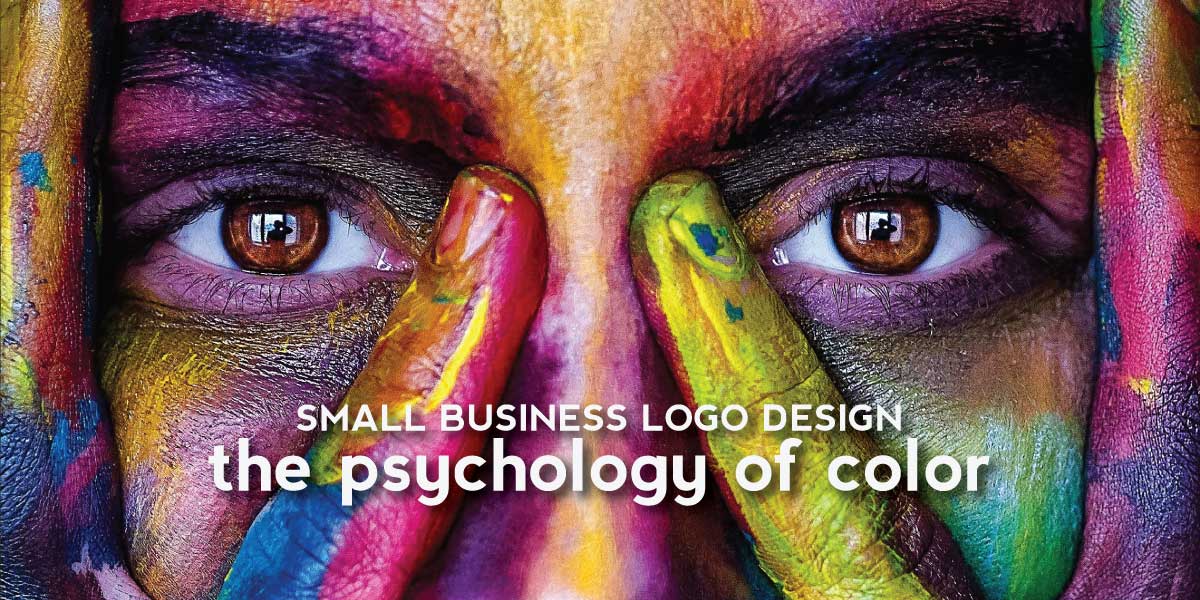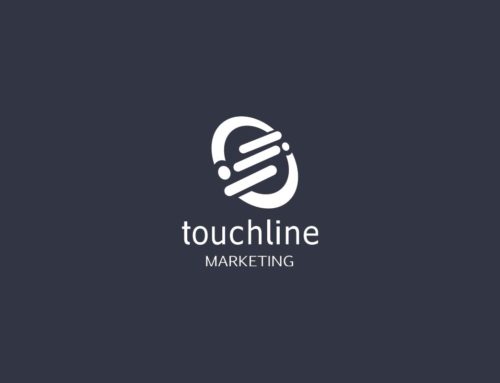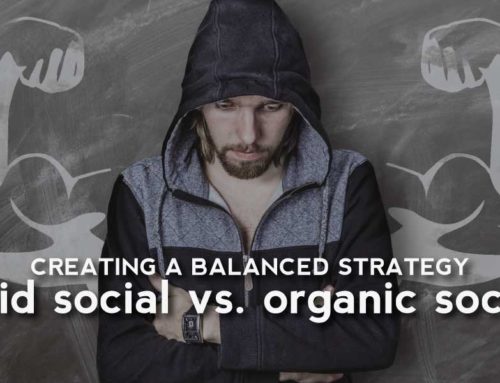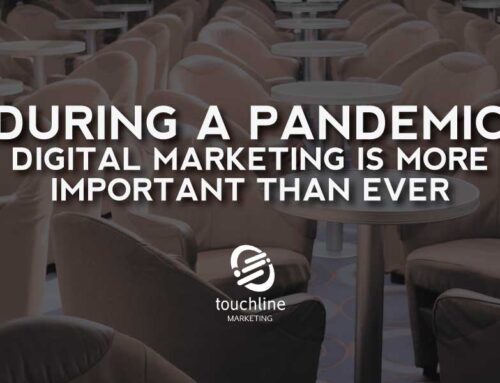When designing a small business logo or overall company aesthetic, pay close attention to the colors you use. Your logo is your brand’s ambassador and should represent everything your brand stands for. Through color and color psychology, you can make sure your logo communicates your brand’s message and personality to people effectively and immediately.
Aspects of Color Psychology Exist All Around You
Color psychology is a study of how color affects people. The psychology of color shows that different colors can elicit different behaviors, feelings, and perceptions. Where one shade of color can make someone feel relaxed, another might cause someone to feel more excited.
Many people automatically associate specific colors with certain feelings, and you can see evidence of that all around you. For example, cool colors, such as blues and light purple, often invokes cooler weather, temperatures, and atmospheres. Warm colors, such as red, orange, or yellow, invoke thoughts of heat.
In addition to associations, color can create psychological effects in several ways; hence the term color psychology.
Businesses of All Types Use Color Psychology
Color psychology plays a role in various industries, practices, and settings. You can see evidence of color psychology at work in hospitals, retail stores, home decor, websites, and practically anywhere else you care to look. Nevertheless, the use of color psychology probably receives the most use by businesses, marketers, and designers.
When thinking of your small business logo design, look at the logo designs of other companies. Larger brands tend to pick their branding colors very carefully and deliberately. The more significant influencers in your industry or business vertical may help you figure out what direction to go in when it comes to choosing your logo design colors.
You Can Take Advantage of Color Psychology
Do a little research into the traditional meanings of different colors and see if you can find a combination that can represent your brand. A few ways to start your research include:
- Looking for colors that hold specific meanings or ideas.
- Doing some research on the typical types of color-motivated behaviors.
- Making sure the colors you choose make sense in context.
- Keeping your brand personality in mind.
At each step, you can refine your color selection until you can make the right decision.
![]()
Color meanings
Many colors have inherent meanings people tend to associate with them. This is an essential consideration because people also have highly personal relationships with colors. The more inherent psychological properties of different colors can form a baseline for you. Pick the colors with the essential properties you want your brand to convey.
Black – Serious, Sophistication, Luxury, Elegance, Glamor, Mysterious, Exclusive
Pink – Femininity, Sweetness, Fun, Playful, Lively, Energy
Purple – Wealth, Luxury, Wise, Success, Fantasy, Mystery, Magic, Imagination
Blue – Tranquility, Calm, Security, Productivity, Universal, Logical, Stable
Green – Growth, Relaxation, Healing, Youthful, Healthy, Nature, Money, Fresh, Environmental, Ethical
Yellow – Fun, Happiness, Friendly, Optimism, Cheerful, Warm, and also Caution
Orange – Excitement, Playfulness, Enthusiasm, Friendly, Cheerful, Warmth, Light-Hearted, Creativity
Red – Intensity, Creative, Urgency, Powerful, High-Energy, Passion, Romance, Impulse
Color-motivated behaviors
What behaviors do you want your logo to elicit from people? Gaining a trusted client isn’t the same as selling someone a physical product. Getting someone to sign up for an online service isn’t the same as convincing someone to consider you for their project.
Drill down to your core, ideal buyer persona. By examining how that persona may interact with a brand, you might find some of the colors or color combinations that might work best for the needs of your business.
Colors that make sense
No matter what, your colors must make sense for your brand. People expect certain colors to represent certain products, services, or ideas. When those branding colors don’t match those expectations, it can throw people off or make them feel as if your brand isn’t what it claims.
Colors as personality
Your brand has a personality, and your branding colors can show that personality to the world. Colors that support your brand’s character holds the utmost importance because your brand’s personality is what people will react to initially.
Brand colors that say you’re a rugged and masculine business will appeal to those who feel they are rugged and masculine individuals. Colors that show a brand as caring and sensitive will attract the eyes of people who value those traits.
Narrowing down your choice of colors using these criteria will help you figure out which colors or color combinations will convey your brand’s message most effectively.
Color Psychology Is Only One Aspect of Digital Marketing
Finding the right branding colors for your small business logo and your brand overall can help a great deal with your digital marketing efforts. However, marketing for small businesses requires a lot more.
For many small businesses, marketing and advertising fall far behind the need to grow the business. Nevertheless, the company may find it hard to grow if it cannot reach the people it needs to reach.
You don’t have to do it all on your own, and you don’t have to jump into a large and complicated digital marketing plan to start. Your small business logo deserves exposure. Contact Touchline Marketing to learn how we can help you develop a new small business logo and our Better Than Nothing Digital Marketing Starter Program.





